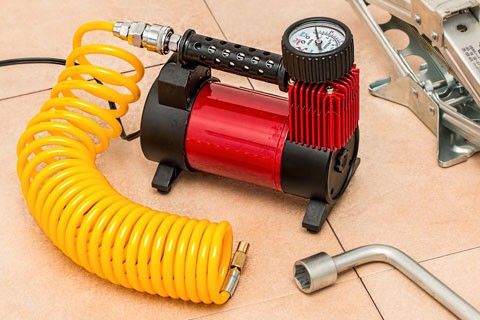Suzuki Wagon R+ Tire pressure
Suzuki Wagon R+ Reifendruck
Suzuki Wagon R+ Pression des pneus
Suzuki Wagon R+ Presion de llantas
Suzuki Wagon R+ Pressao de pneus
Tire pressure should be checked regularly, ideally check your tire pressure monthly. Check your car tire pressure two hours after parking the automobile.
Remember to regularly check the health of the valves to ensure a perfect seal, and can provide longer life.
If you need to have your 4 wheels checked, don’t forget to check the pressure of your extra tire.
In winter, when the temperature is very cold, it may also be advisable to raise the inflation pressure.

Disclaimer: We cannot and do not guarantee that all documentation on this website is absolutely current and correct, despite the fact that every effort was made to keep it as current and correct as possible. This website’s information is given “as is” and “as available.” You agree that use of the platform is entirely at your own risk. We make no guarantees of any kind.
To inspect or inflate your tyres, you have three options: go to a certified professional, use the inflation devices supplied by certain gas stations and car washes, or outfit yourself with a compressor and inflation gun.
The majority of faulty tires are the result of inadequate tire pressure control. To ensure improved grip and protection, car makers prescribe a specific pressure for each model.
Suzuki Wagon R+ Where to find information related to pressure
The prescribed pressure varies depending on the vehicle type. It is sometimes stated in the owner’s manual, on the edge of the door, or on the fuel tank handle. It is expressed in the form of two numbers, in bar units, usually about 2. The first number represents the pressure in the front tyres, while the second represents the pressure in the rear tires.
Tire pressure varies depending on the vehicle’s load. As a result, it is advised that the recommended pressure for a filled vehicle be increased by 0.2 bar.
Suzuki Wagon R+ What is the best way to determine how much pressure is present?
Often test the pressure in your tires when they are cold, as pressure rises when driving on a daily basis.
Take on both the front tires and the two rear tires at all times the same pressure. Just a front-to-rear variation is possible.
Do not fail to correctly shut the valve covers, as the valve protects from contamination and dust so that no chance of leakage is present.
Tire pressure varies from season to season.
When testing tire pressure, consider the seasons as well, as outside conditions have an effect on the inside pressure of the tire.
The addition of 0.2 bar to winter tyres is also advised.
It is important to monitor the vehicle’s tyre pressure on a regular basis. Under-inflated tires will jeopardize your driving safety by creating a lack of grip or less efficient braking.
Furthermore, it has been shown that 0.5 bar below the recommended inflation pressure cuts the tire’s life span by 20%. Under-inflated tires also appear to increase fuel consumption.
Finally, an under-inflated tyre is subjected to excessive stress and can burst at high speeds.
| Suzuki Wagon R+ | |
| 1.0 | |
| 155 65 R14 75T | |
| Rear Min. | 2.0 |
| Rear Max. | 2.0 |
| Front Min. | 2.0 |
| Front Max. | 2.0 |
| Suzuki Wagon R+ | |
| 1.0 | |
| 165 60 R14 75T | |
| Rear Min. | 2.0 |
| Rear Max. | 2.0 |
| Front Min. | 2.0 |
| Front Max. | 2.0 |
| Suzuki Wagon R+ | |
| 1.0 | |
| 165 65 R13 77T | |
| Rear Min. | 2.0 |
| Rear Max. | 2.0 |
| Front Min. | 2.0 |
| Front Max. | 2.0 |
| Suzuki Wagon R+ | |
| 1.3 | |
| 155 65 R14 75T | |
| Rear Min. | 2.5 |
| Rear Max. | 2.5 |
| Front Min. | 2.1 |
| Front Max. | 2.1 |
| Suzuki Wagon R+ | |
| 1.3 | |
| 165 60 R14 75T | |
| Rear Min. | 2.5 |
| Rear Max. | 2.5 |
| Front Min. | 2.1 |
| Front Max. | 2.1 |
| Suzuki Wagon R+ | |
| 1.3 DDiS | |
| 165 60 R14 75T | |
| Rear Min. | 2.5 |
| Rear Max. | 2.5 |
| Front Min. | 2.1 |
| Front Max. | 2.1 |
Links :
Tire pressure gauge
TPMS